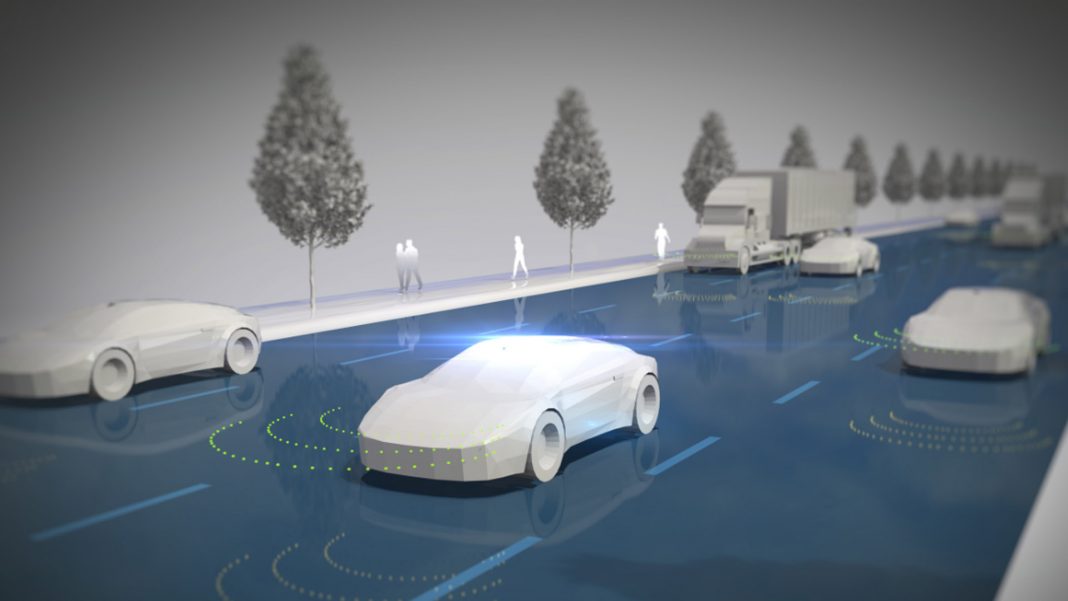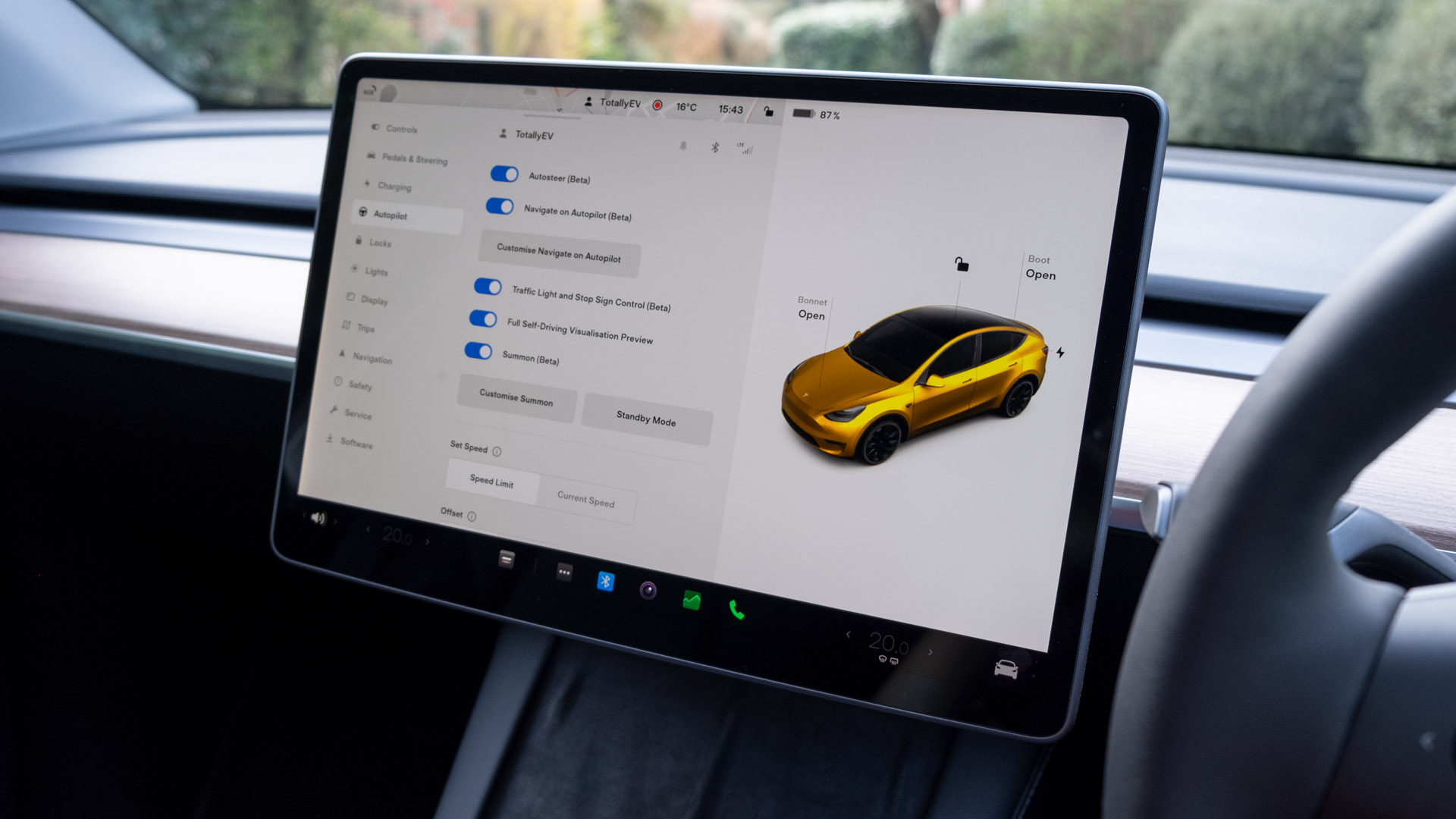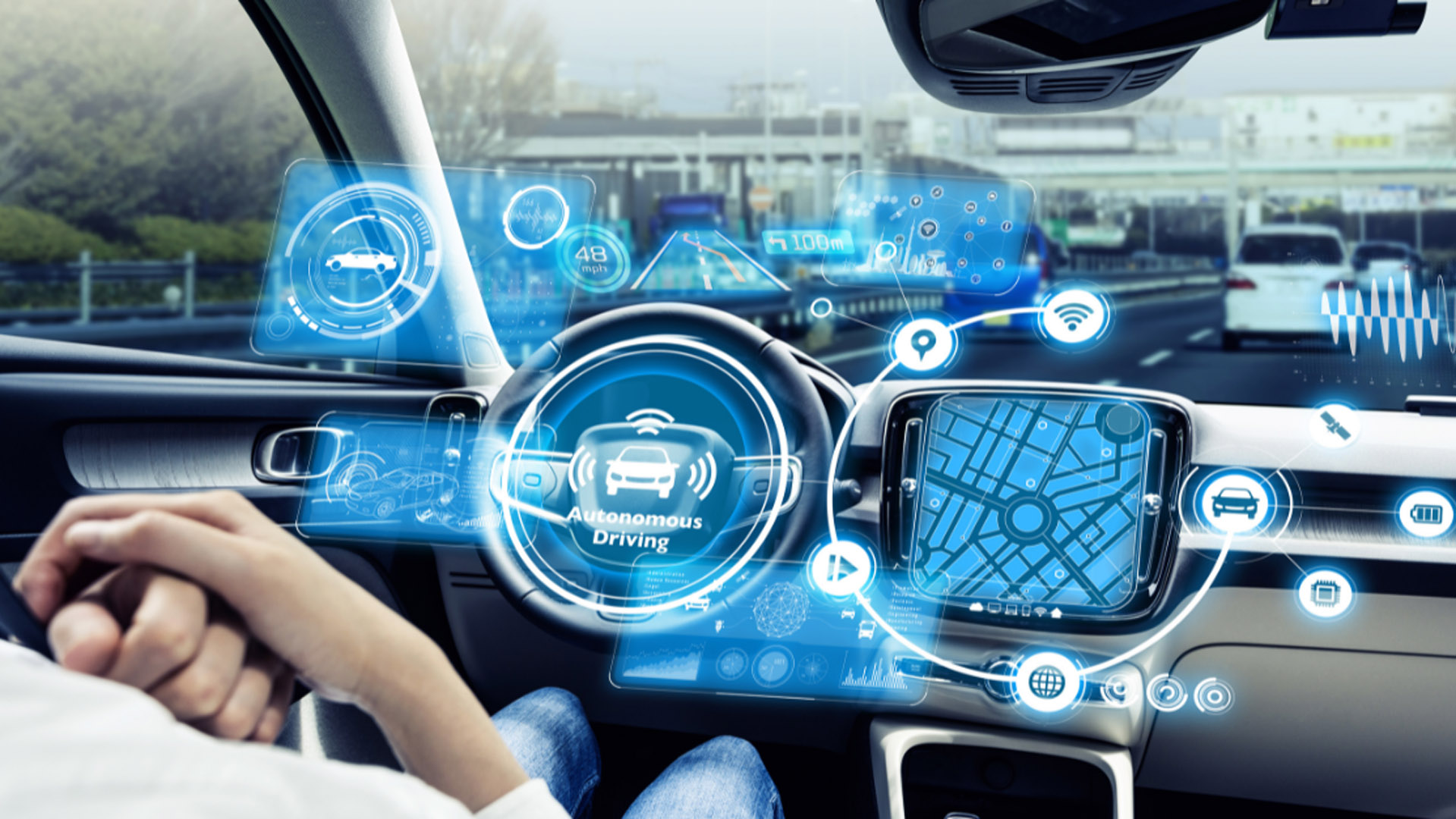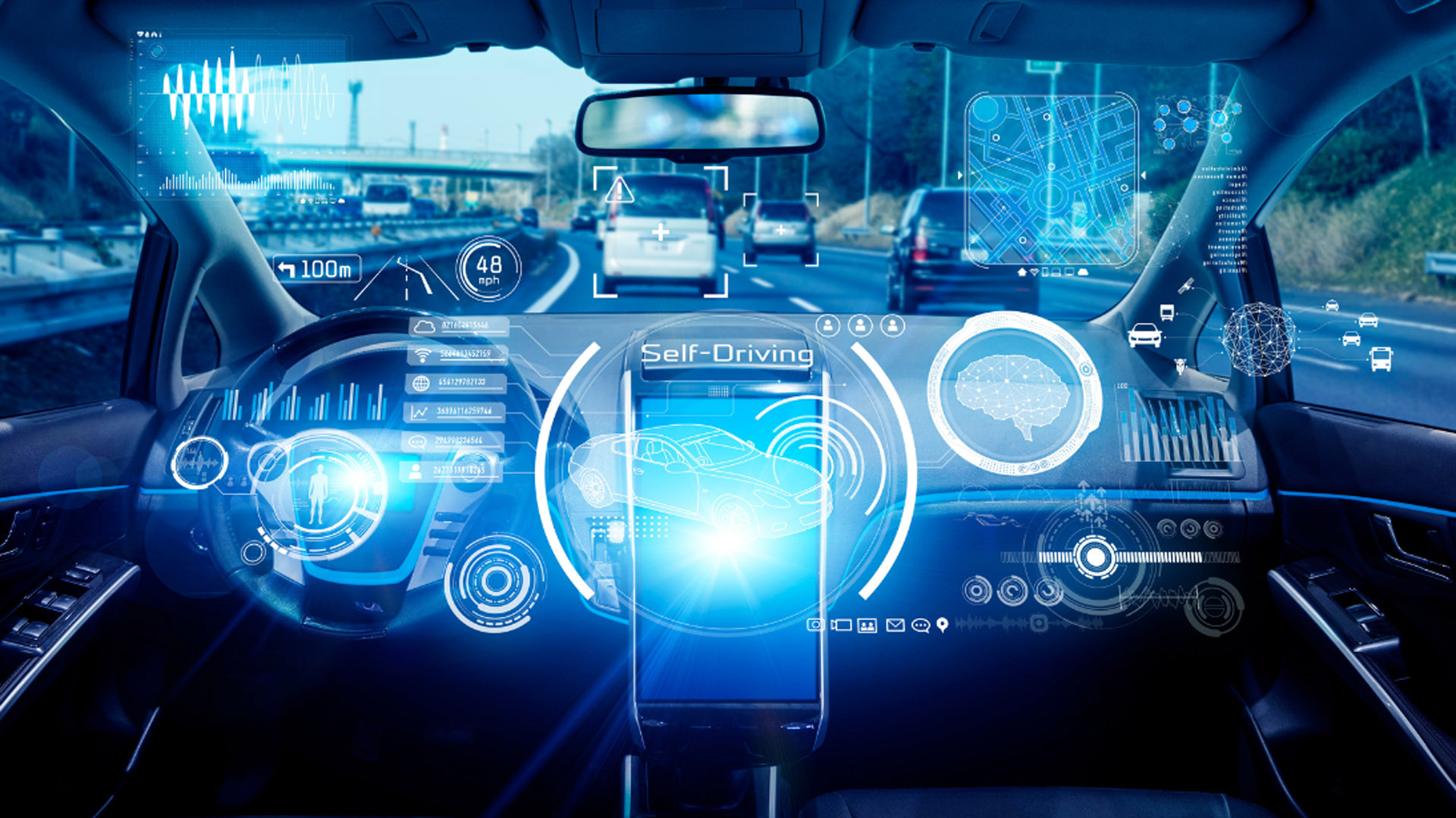The UK Department for Transport recently greenlit Ford’s ‘hands-off, eyes-on’ technology for use on British motorways, marking another step towards the day Autonomous Vehicles (AVs) arrive on Britain’s roads.
Manufacturers have gleaned information on UK roads for many years, collecting thousands of hours of data on road environments and driver behaviour. Training the Artificial Intelligence (AI) brain to take over driving responsibilities underpins the future of autonomous transport, but AI is not the only thing that must be trained.
To understand what legislative changes we can expect from driver training, and some of the technology that will enable AVs in the UK, TotallyEV reached out to Jon West, Senior Associate at Reddie & Grose, a firm of UK and European patent, trade mark and design attorneys.
How will driver education change?
There has and will continue to be guiding discussions on how the law can assure that AVs are safely and responsibly used.
New legislation will place new demands on ‘drivers’. Before relinquishing control and being a passenger in the vehicle, the driver will have to understand the limits of the systems they’re using. The question is whether this should form part of the UK driving test, or whether this training obligation should fall on vehicle manufacturers.
For example, Rule 150 of The Highway Code currently states that the driver “MUST exercise proper control of [their] vehicle at all times”, which would not be the case when an AV is operating in a truly autonomous mode. To prepare drivers for this, the government would have to legislate for further training beyond the standard driving test or reimagine the current criteria, making sure that existing drivers are not left behind.
Read next: Tesla Model Y review: Best electric SUV?
Drivers or Manufacturers: Who is liable?
New legislation would also need to account for the transfer of responsibility (and liability) moving away from the driver. If the AI is responsible for all driving actions, then an entirely new system for testing whether the AI is suitable for British roads will need to be developed and made achievable by the manufacturers who take on the liability for accidents.
For comparison, the European Aviation Safety Authority has set a maximum failure rate for pilotless electric ‘flying taxis’ of less than one per billion flying hours. Given there is vastly more traffic on the roads than in the sky, there will be no shortcuts past stringent viability testing for AVs.
Manufacturers may need to consider how they can prove their AVs can safely operate unaccompanied. The UK Government is already considering regulation on if AVs can be left unattended given the interest coming from industry about the autonomous transport of goods, with no passengers at all.
If it’s conceded that ‘proper control’ must be had over a vehicle at all times, there needs to be a framework in place that dictates exactly how a human could regain control when necessary. Trials where a remote operator oversees multiple vehicles, and is available to intervene have taken place, but these unpack wider questions for the UK’s connectivity infrastructure if the operator, by law, must have an uninterrupted link to the vehicle at all times. This in turn asks difficult questions of the manufacturer regarding cybersecurity, as a ‘hacked’ vehicle could be used for theft or weaponised at risk to the public.
Read next: What are the patent trends in the EV industry?
The tech that will make AVs happen
Outside of consultations on the human factor in AVs, the technology that will enable AVs is also guiding new legislation.
The UK aims to be a global leader in the adoption of Automated Lane Keeping Systems (ALKS), a commercially available system designed to take over dynamic driving tasks from the driver to control the vehicle under specific operating conditions. Brands that have already announced plans to introduce ALKS to their electric vehicles include Mercedes-Benz, BMW, Nissan, Honda, Volkswagen and Tesla.
Legislation means current iterations of these systems are directed to motorway usage, but in a single lane at up to 37mph. This speed-limited technology is designed for stop-start motorway traffic and is set to reduce vehicle emissions, prevent human error accidents and ease congestion.
Buy a car phone mount on Amazon (Affiliate)
The ALKS technology is designed to keep the vehicle in a given lane, with the driver required to regain control for any lane change manoeuvres etc. Therefore, many might disagree with the government’s labelling of this technology as autonomous. While drivers are intended to be able to perform non-driving activities during ALKS usage, they should be able to regain control of the vehicle (within 10 seconds according to current proposals) when requested through a transition demand.
As such, ALKS technology can at least be considered as an enhanced driver assistance system that, with the appropriate driver understanding of capability, is a step in the right direction for autonomous driving.
The UK Government estimates that AVs will be approved on UK roads within the next year, and it will be exciting to see if 2023 is truly going to be the year that it happens.








